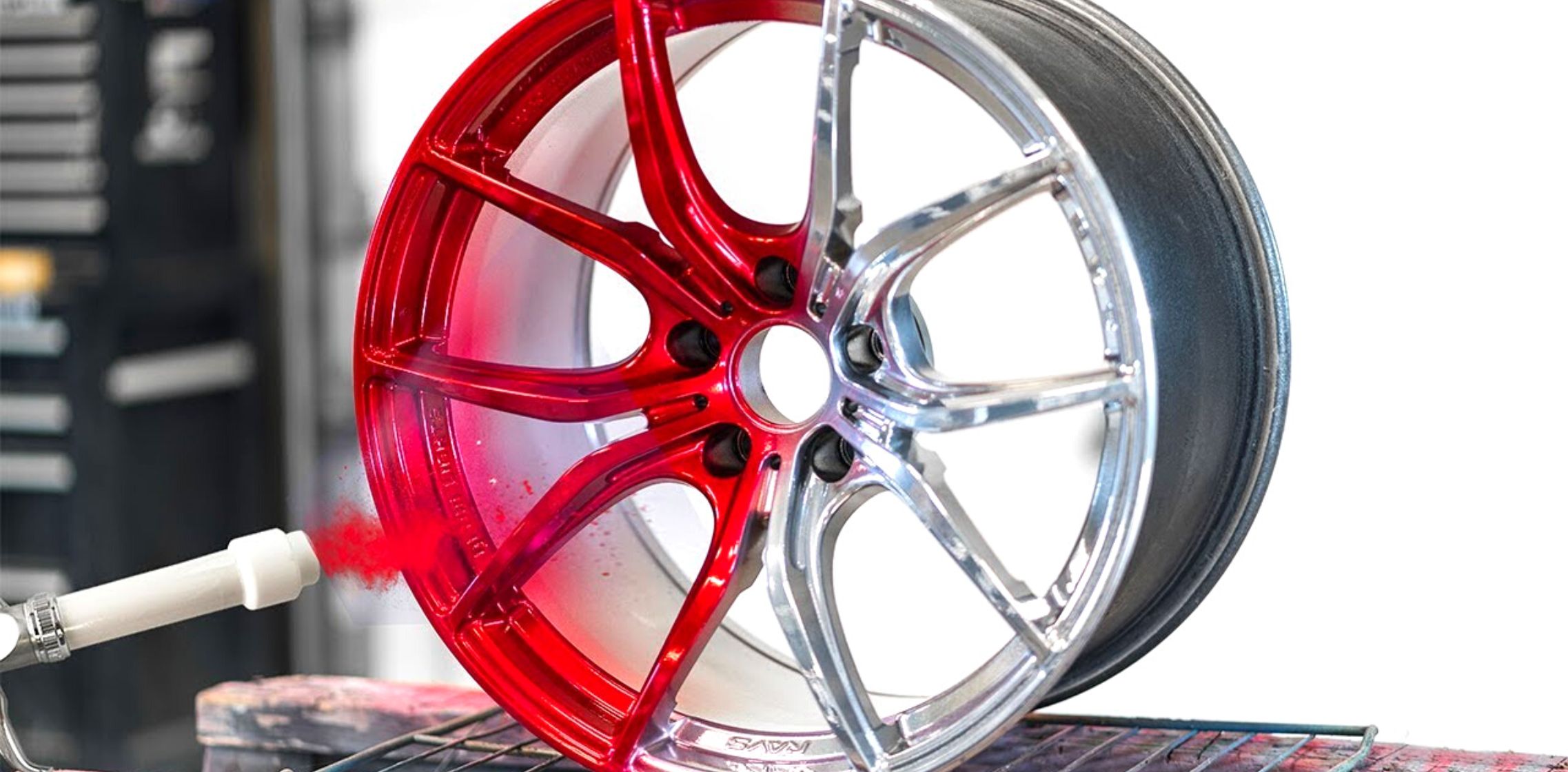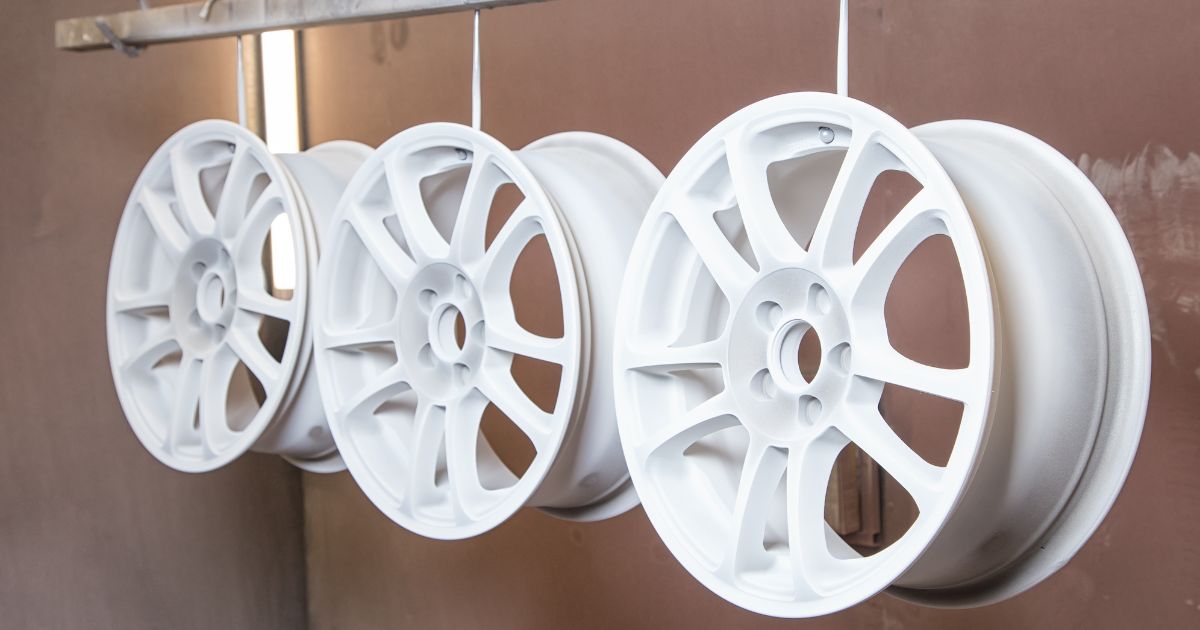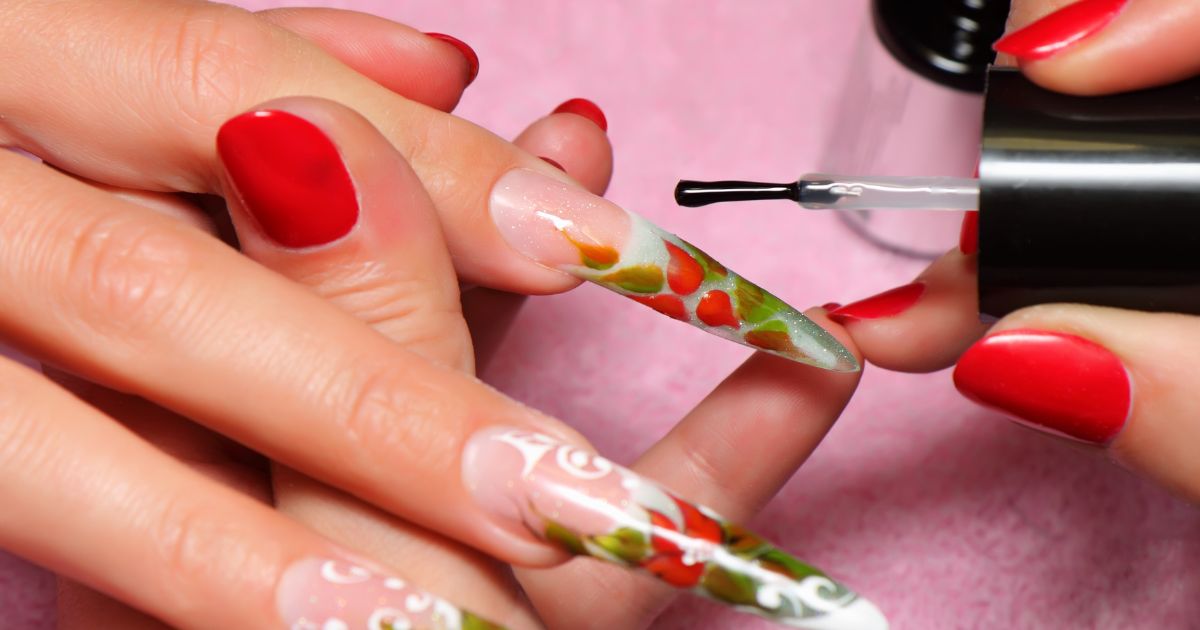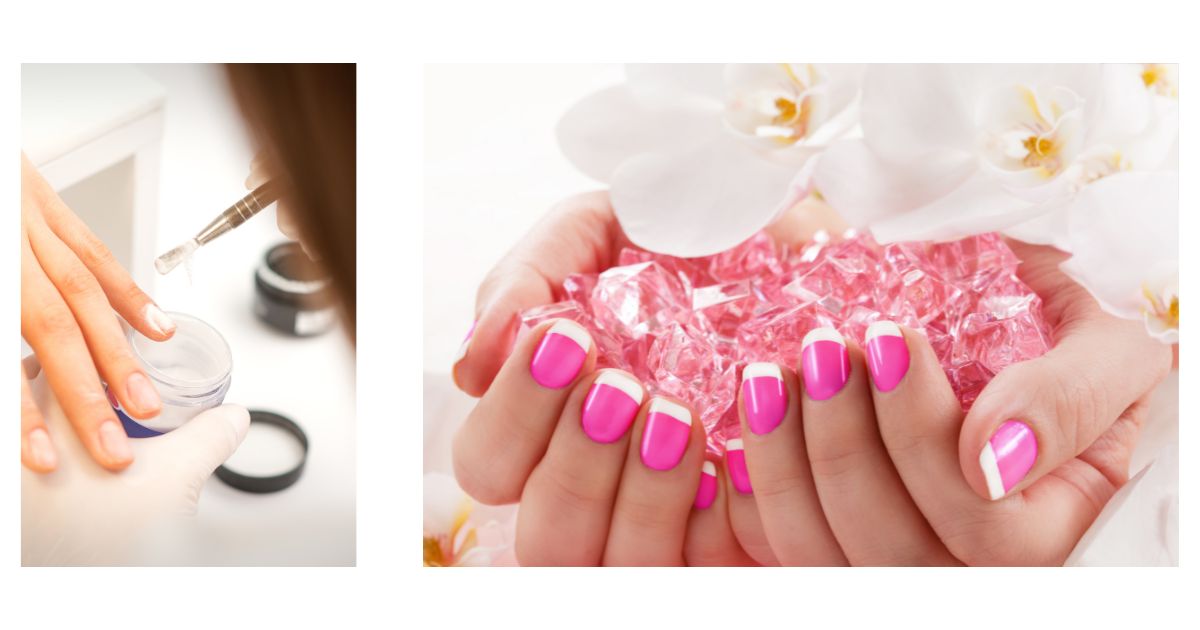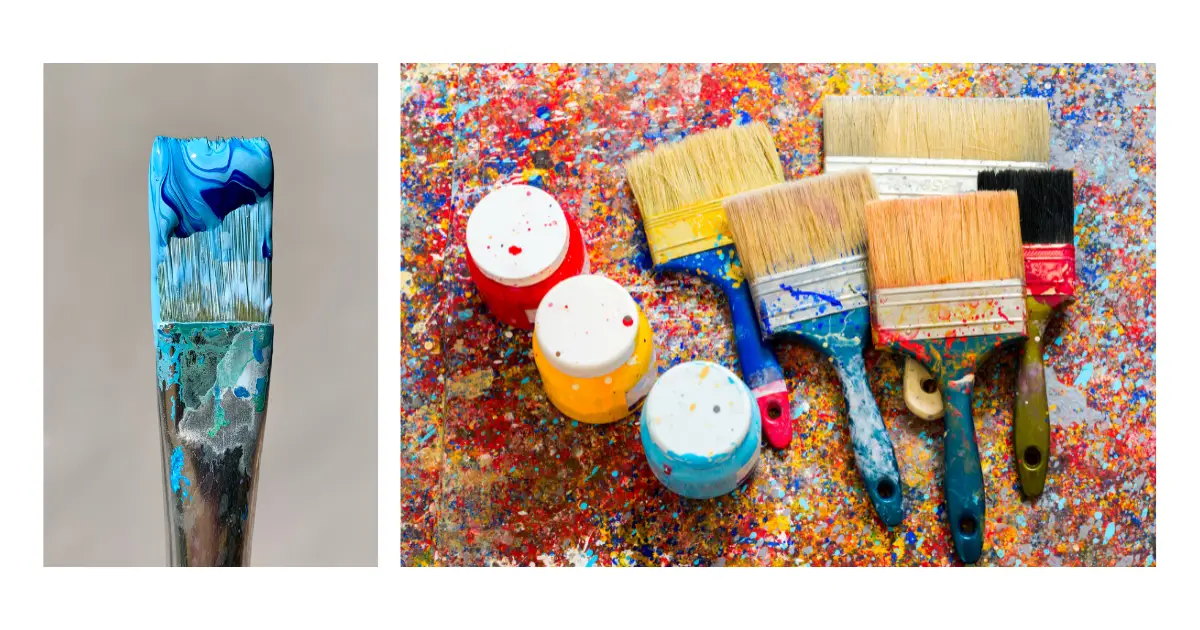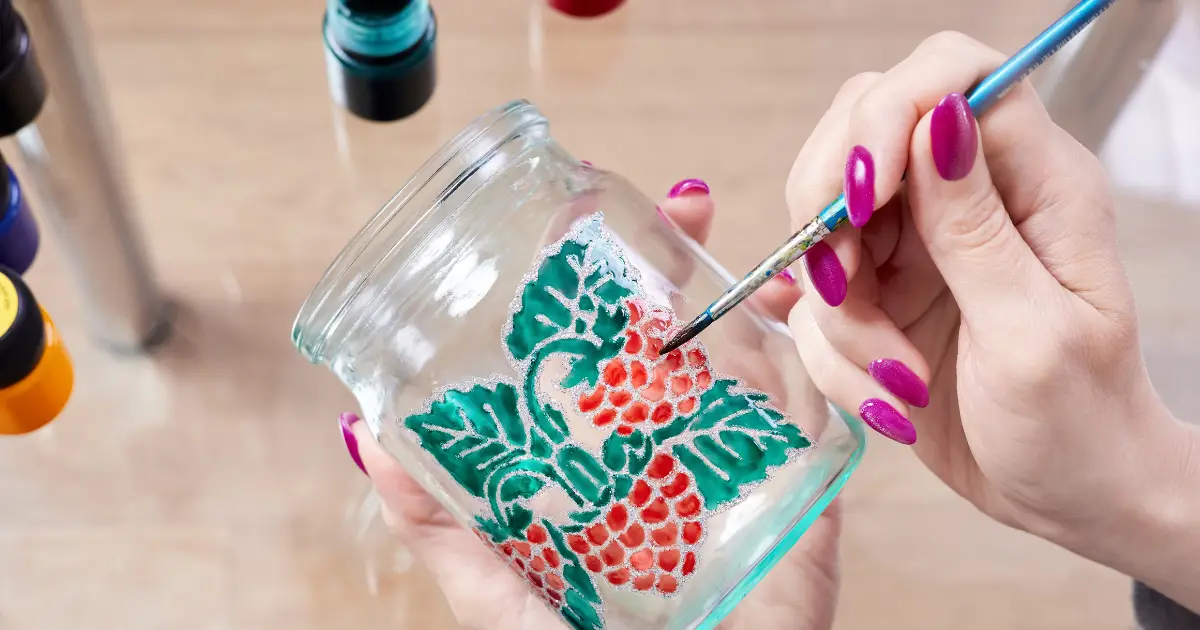When it comes to acrylic nails, finding the right acrylic liquid substitute can be a daunting task. With numerous products available in the market, it’s essential to know which ones are safe and effective.
In this blog post, we will explore alternative options to acrylic liquid (monomer) for acrylic nails. We’ll also discuss common mistakes to avoid when doing your own acrylic nails at home.
Understanding Acrylic Liquid (Monomer)
Acrylic liquid, also known as an acrylic monomer, is a crucial component for creating acrylic nails. It is a clear and odorless liquid that, when combined with a powder, forms a durable and hard resin.
While it can be used alone for a natural-looking manicure, it is often mixed with color pigments or glitter for a more glamorous effect. Acrylic liquid is also a key ingredient in nail wraps and tips, providing an easy way to achieve long and voluminous nails.
Importance of liquid monomer
Liquid monomer is crucial in acrylic nails:
- Strengthens nails.
- Prevents yellowing with purple tone.
- Controls polymerization.
- Enables secure adhesion and smooth application.
Alternatives to Acrylic Liquid
A stunning acrylic manicure can boost your confidence and enhance your overall appearance. Acrylic liquid, also known as monomer, plays a vital role in protecting your nails from cracks and damage.
Acrylic nails, which are artificial enhancements, offer a long-lasting solution that is resistant to breakage and can maintain their beauty for a duration of 2-3 weeks when properly cared for. They bring a touch of glamour and elegance to women’s lives, allowing them to express their personal style.
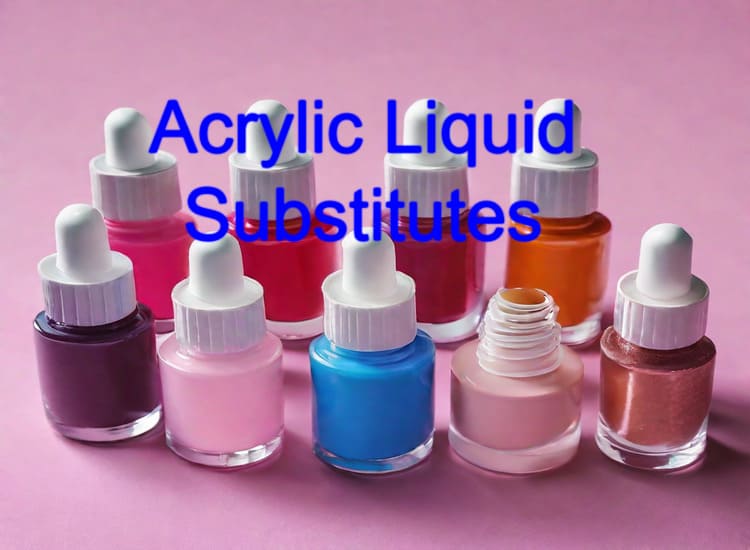
To create acrylic nails, two essential components are required:
- acrylic powder, which acts as a polymer, and
- a liquid known as monomer.
The monomer interacts with the powder, resulting in the formation of a durable extension that dries in the air and can endure for up to three weeks. Professional manicurists utilize this monomer in conjunction with acrylic powder to craft beautiful and durable nails for their clients.
There are several alternatives to acrylic liquid that can be used for various purposes. Here are a few options:
1. Dip Powder Activator:
Dip Powder Activator: Dip powder activator is a popular alternative to acrylic liquid. It comes in a gel form and is easy to apply. It dries quickly and doesn’t require a UV light for curing.
- Gel-based alternative that is easy to apply and less messy than liquid.
- Quick-drying and doesn’t require a UV light.
- Available in various colors for versatile nail designs.
2. Rubbing Alcohol:
Rubbing alcohol can serve as a substitute for acrylic liquid. It is a clear and colorless solution that evaporates quickly. While it may not provide the same durability as acrylic liquid, it can be used for temporary manicures or nail art.
- Clear, colorless solution that evaporates quickly.
- Ideal for a quick and convenient manicure.
- Possesses antiseptic properties, aiding in nail cleaning before applying acrylics.
3. Nail Glue:
Nail glue can be used as an alternative to acrylic liquid for temporary nail enhancements. It acts as an adhesive and sealant, providing a strong bond. Nail glue is available in clear or white varieties, allowing for different looks. However, it’s important to note that nail glue may not offer the same longevity as acrylic liquid.
- Can serve as an adhesive and sealant.
- Available in clear or white varieties to match your nails.
- Easy to apply and dries quickly for a flawless manicure.
4. Acrylic Gel:
Acrylic gel is a thicker alternative to acrylic liquid. It provides a more natural look and is easier to remove compared to traditional acrylic nails. Acrylic gel is less prone to chipping and offers a durable solution for those who prefer a gel-like consistency.
- Provides a thicker consistency compared to acrylic liquid, reducing chipping.
- Offers a more natural look and easier removal.
- Suitable for individuals with acrylic liquid allergies.

5. Polyester Resin:
Polyester resin can be used as a substitute for acrylic liquid in certain applications. It is a cost-effective option and can create a salon-quality manicure without the need for acrylic liquid.
- Cost-effective substitute without harsh chemicals.
- Creates a salon-quality manicure without the high price tag.
6. Hydrogen Peroxide:
Hydrogen peroxide can be used as a substitute for acrylic liquid in certain situations. It is a cheaper alternative and poses a reduced risk of allergic reactions.
- Cheaper alternative with reduced risk of allergic reactions.
- Environmentally friendly, breaking down quickly.
- Important to moisturize nails after application due to potential drying effects.
What to Avoid:
- Acetone polish remover: Drying and can weaken nails.
- Water: Causes discoloration and makes nails prone to chipping.
- Illegal MMA: Harsh chemical with potential for nail damage and legal implications.
DIY Acrylic Liquid Monomer Recipe
For those seeking a budget-friendly option, making your own acrylic liquid at home is possible. Here’s a simple recipe:
- Mix acrylic powder and rubbing alcohol in a bowl until you achieve a thick, goopy consistency.
- Transfer the mixture to a clean glass jar with a lid and let it sit for 24 hours to allow the acrylic powder to dissolve completely.
- Your homemade acrylic liquid is now ready to use. You can pour it into an empty nail polish bottle for convenient application.
Using Acrylic Powder without Acrylic Liquid
While not as long-lasting, acrylic powder can be used without acrylic liquid. Here’s how:
- Prep your nails by trimming, filing, and removing dirt or oil with nail polish remover.
- Apply a thin layer of nail primer to help the acrylic powder adhere to your nails and prevent chipping.
- Dip a nail brush into the acrylic powder and apply it in thin, even layers to achieve the desired thickness.
- Seal the acrylic powder with a clear nail polish to enhance durability and prevent chipping.
How to Make Acrylic Liquid Monomer at Home
If you’re seeking a more cost-effective alternative, you have the option to create your own acrylic liquid monomer right from the comfort of your home!
You will need the following materials and tools:
- A mixing bowl
- Medium or waterproof acrylic powder
- A spatula
- A clean and dry glass jar with a lid
- Rubbing alcohol (preferably 70% concentration)
- An empty nail polish bottle (optional)
Here’s a step-by-step guide on how to make your homemade acrylic liquid monomer:
- Begin by combining the acrylic powder and rubbing alcohol in the mixing bowl.
- Stir the mixture thoroughly until it reaches a thick and gooey consistency.
- Transfer the mixture into the glass jar and tightly seal it with the lid.
- Allow the jar to sit undisturbed for a period of 24 hours. This time will enable the acrylic powder to fully dissolve.
- After the 24-hour period has passed, your homemade acrylic liquid monomer is ready for use!
- If you prefer a more convenient application method, you can pour the liquid into an empty nail polish bottle.
Conclusion
Finding suitable alternatives to acrylic liquid is essential for those interested in DIY acrylic nails. By exploring options such as dip powder activator, rubbing alcohol, nail glue, acrylic gel, polyester resin, and hydrogen peroxide, you can achieve beautiful and durable nails without the need for traditional acrylic liquid.
Remember to avoid harmful substitutes and follow proper techniques for a successful at-home manicure.

